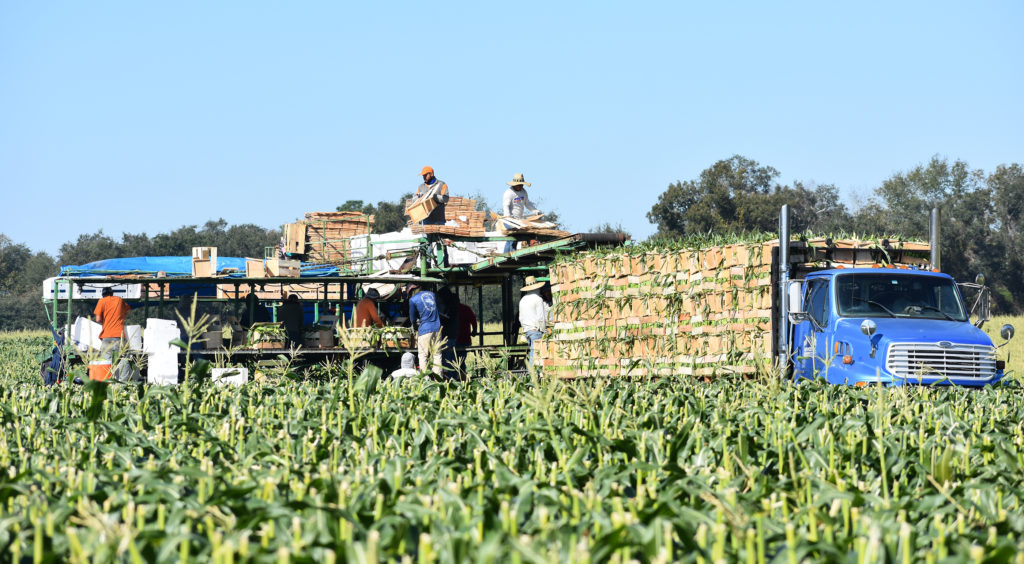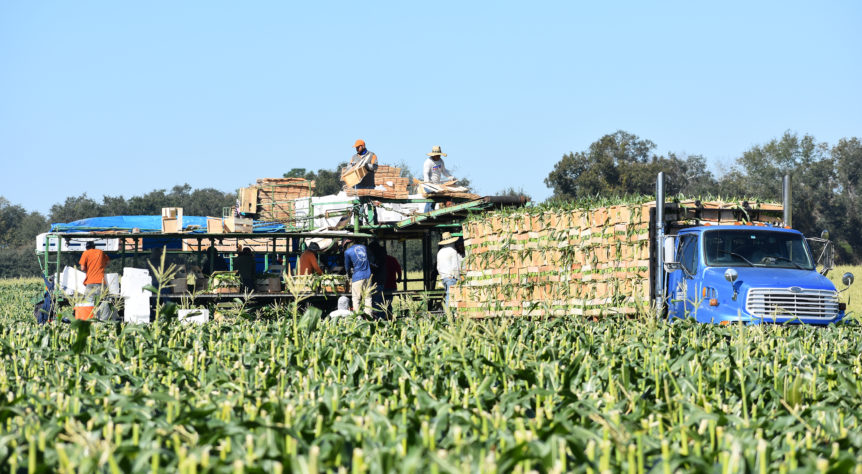
By Clint Thompson
The discontinuation of the Farm Labor Survey was an important victory for fruit and vegetable growers hoping for relief from the Adverse Effect Wage Rate. Now growers and industry leaders are waiting for what happens next, says Michael Marsh, president and chief executive officer of the National Council of Agricultural Employers.
“From our perspective, we’re hopeful that what this does is it provides the Department of Labor with an opportunity to only implement an Adverse Effect Wage Rate (AEWR) in a circumstance where an adverse effect has been detected on the domestic workforce due to the employment of H-2A (workers),” Marsh said. “Of course, what we hope would happen with that is it adjusts our wage rates that are going to be required for farmers to pay simply to the market rates.
“Markets will work if the government will let them.”
Misuse of Survey
The Farm Labor Survey was a tool that helped the Department of Labor determine the AEWR, the minimum wage for H-2A workers in every state. Marsh insisted that it has been misused by the Department of Labor.
“The survey was never intended to establish a wage rate. It was used to count the number of workers in the agricultural sector. Back in the 1980s after hearings, the Department of Labor made the decision to misuse that data in order to establish wage rates in the program,” Marsh said. “Unless there’s a determination of an adverse effect on domestic workers, there’s no need for an adverse effect wage rate.”
The H-2A program allows U.S. employers or U.S. agents who meet specific regulatory requirements to bring foreign nationals to the United States to fill temporary agricultural jobs. It provides specialty crop growers access to the only reliable source of farm labor. However, the rising costs associated with the program, specifically the AEWR, need to be adjusted because they are pricing farmers out of a job. They can’t compete with other countries.
“You think about somebody in Mexico paying $1.51 an hour versus $19.97 in California, or somebody in British Columbia paying $12.50 an hour when somebody in Washington state growing apples or cherries is at $19.82. You can’t tariff that away,” Marsh said.










